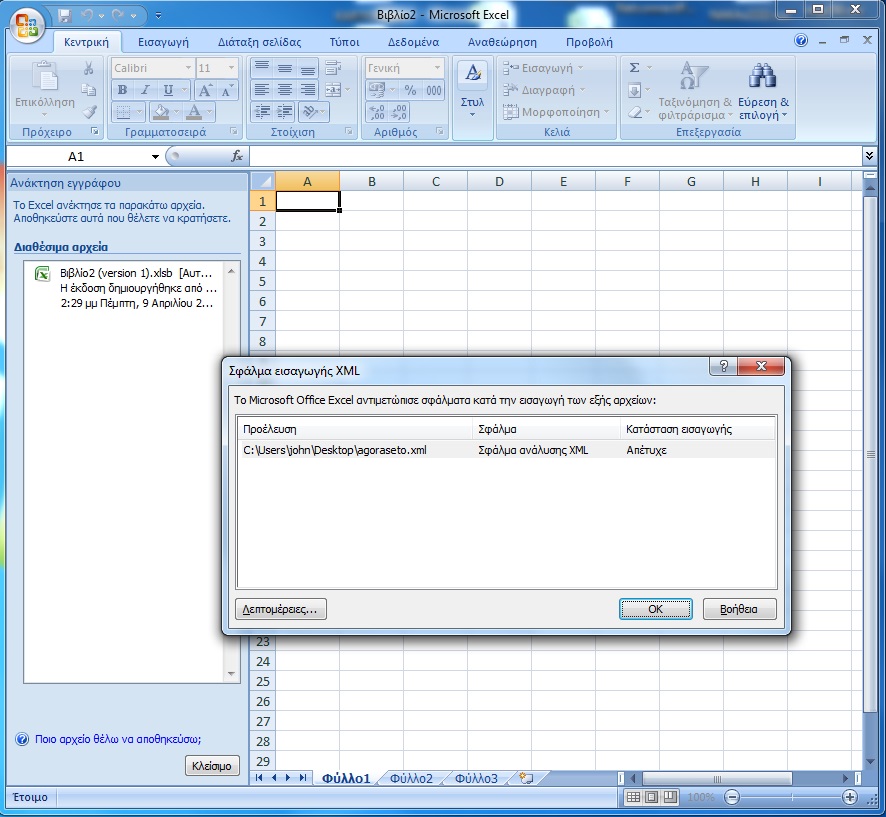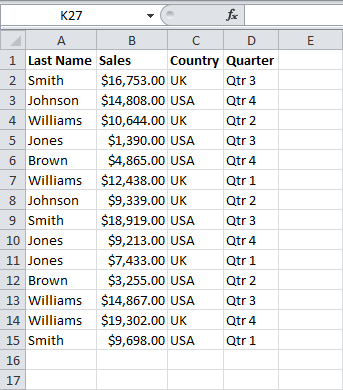

Creo will read the file correctly and create spools, designate connectors, and route wires using the XML logical data. With this information in hand, you can now create your own XML files from Excel in the proper format.

This will help you understand the format Creo is expecting. Open your XML file in a tool such as Notepad++ and examine it. and it color codes the XML statements so they're easier to see. This is a freely available tool without adware or spyware.

#Xml tools add in excel 2013 install

Save the file in a location you can easily access. Choose Export from the listing and select RS Designer as the output format. From inside the Cabling application, go to the Logical Data group and select the drop-down arrow.Route your wires using the appropriate spools.Designate your connectors including entry ports.Generate your spools (or import them manually).Then, after you understand what Creo is looking for, you can plug in your own values and generate XMLs easily. The best way for you to learn the proper format is to have Creo give you the format. The problem with your XML file is absolutely the format. Part of the benefit of having an NWF file (or XML) is not having to manually import spools or designate connectors. In this example we chose Months.I am working on a translation tool to generate XML files for Creo Cabling but unfortunately I don't have a working demonstration available yet.įrom what I can see, you may have enough for a basic routing but this assumes your spools, connectors, and entry ports are all designated in advance. Now, right click any of the date values, and click Group.Ĭhoose the level of granularity that you want to group by, then click OK. You can also group the results by month or other measures of time. Here's another example, this time using Environment as a column, and Project as the rows: Note that the Id field was dragged to the Values area, and Environment was dragged to Rows. You can now build the pivot table by dragging fields into the Rows or Columns of the pivot table.įor example, here's a breakdown of deployments by environment. Click OK to add it to a new worksheet in your workbook. Select any cell in the table, then from the Insert ribbon tab, click PivotTable.Įxcel will prompt you to ask where to place the new pivot table. It's easy to turn the table of deployments into a pivot table for reporting. You should now have a table that lists each of the deployments you have performed with Octopus, along with the name of the environment, project and the date of the deployment. Choose the location in your workbook to put the new table, or just click OK. Click OK.Įxcel will ask you where to create a table. On the Data ribbon tab, click From Other Sources, then choose From XML Data Import.Įxcel will prompt you that the XML file does not refer to a schema, and that one will be created. Open Microsoft Excel, and create a new, blank workbook. Now that we have an XML file containing our deployments, we can import it into Microsoft Excel. This file is now ready to be imported into Excel. The command will produce an XML file with contents similar to the following: Listing projects, project groups and environments Space name unspecified, process will run in the default space context Octopus Deploy Command Line Tool, version 7.3.2ĭetected automation environment: "NoneOrUnknown" The output will appear as follows: octo dump-deployments -server -apiKey API-GUEST -filepath C:\Development\Deployments.xml
#Xml tools add in excel 2013 how to
Learn more about how to create an API key, and how to use the Octopus Cli


 0 kommentar(er)
0 kommentar(er)
